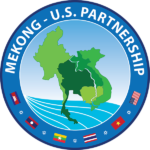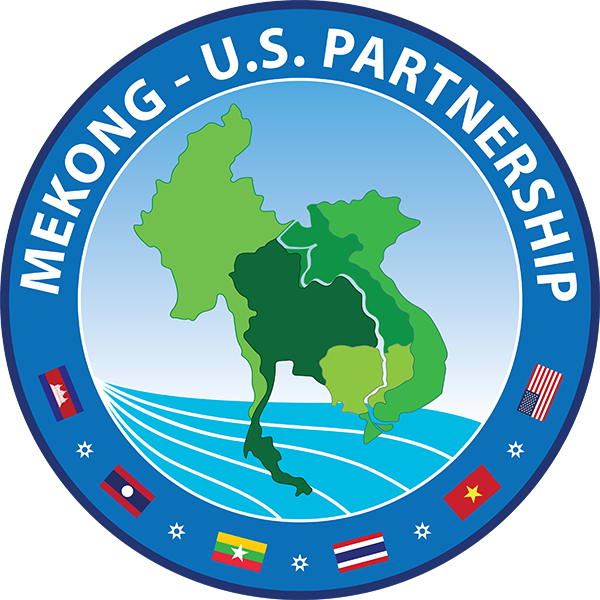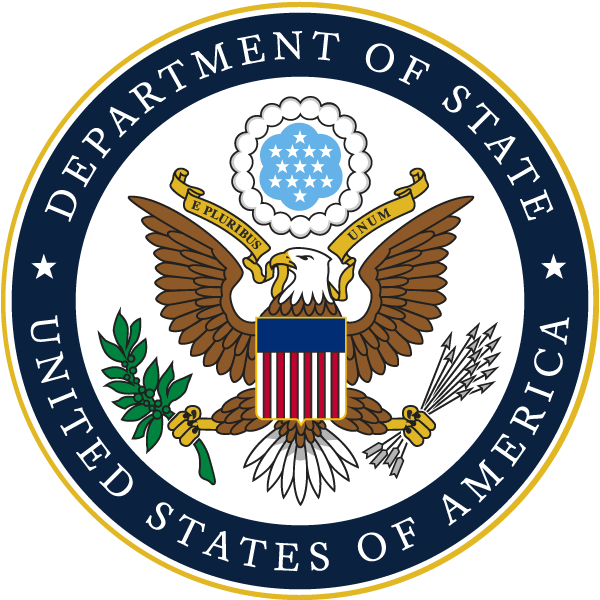“Triple bottom line” valuation is an approach used to assess the full value of protected natural resource areas, like national parks, accounting for the economic, social, and environmental benefits they provide to society. As a result, policymakers, park managers, and other stakeholders are better equipped to capture the full value provided by protected areas, including climate-related benefits.
From October 23-25 in Thailand’s Khao Yai National Park, experts from the USAID Low Emissions Asian Development (LEAD) program, in collaboration with the USAID-funded Lowering Emissions in Asia’s Forests (LEAF) program, trained 33 participants from Cambodia, Laos, Thailand, Vietnam, and Malaysia on the triple bottom line valuation method for protected areas.
The training was organized in support of the U.S. Government’s Lower Mekong Initiative (LMI), which serves as a platform to address complex, transnational development and policy challenges in the Lower Mekong sub-region. Four of the five Lower Mekong countries involved in LMI—Cambodia, Laos, Thailand, and Vietnam—participated in the regional training.
Related Link: http://www.leafasia.org/events/triple-bottom-line-valuation-methods-natural-resource-areas-training-program
Source: USAID/RDMA Regional Environment Office Weekly Update
 Mekong - U.S. Partnership
Mekong - U.S. Partnership


